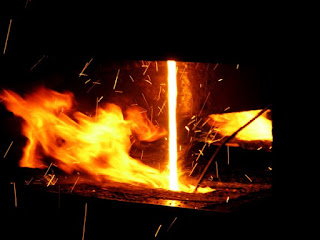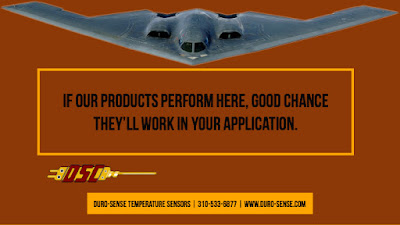310-533-6877
https://duro-sense.com
A blog providing information about industrial temperature measurement, specifically in the areas of temperature sensors. The posts will contain educational information about thermocouples, RTDs, and other common types of temperature sensors. The application of these sensors will focus on aerospace, aircraft, research and development, medical, chemical, plastics processing, and power generation industries. For more, visit Duro-Sense.com or call 310-533-6877.
Temperature control is critical in the plastics industry, impacting product quality, efficiency, and safety. The importance of temperature control and the role of thermocouples in producing quality plastic items cannot be understated.
In the plastics industry, precise temperature control is not just a matter of efficiency or quality; it's a cornerstone for successful operations. Thermocouples are indispensable in achieving this control, offering accuracy, reliability, and versatility. Their integration into plastics manufacturing processes ensures that the industry can meet the growing demand for high-quality plastic products safely, efficiently, and cost-effectively.
Duro-Sense |
 |
| Commonly Available Thermocouple Types and Operating Ranges |
 Type J thermocouples use iron for the positive leg and copper-nickel (constantin) alloys for the negative leg. They may be used unprotected where there is an oxygen-deficient atmosphere, but a thermowell is recommended for cleanliness and generally longer life. Because the iron (positive leg) wire oxidizes rapidly at temperatures over 1000 deg.F, manufacturers recommend using larger gauge wires to extend the life of the thermocouple when temperatures approach the maximum operating temperature.
Type J thermocouples use iron for the positive leg and copper-nickel (constantin) alloys for the negative leg. They may be used unprotected where there is an oxygen-deficient atmosphere, but a thermowell is recommended for cleanliness and generally longer life. Because the iron (positive leg) wire oxidizes rapidly at temperatures over 1000 deg.F, manufacturers recommend using larger gauge wires to extend the life of the thermocouple when temperatures approach the maximum operating temperature. |
| Click for larger view. |
 |
| Loop diagram * |
 |
| Lag time * |
 |
| Industrial thermocouples in ceramic protection tubes (Duro-Sense) |